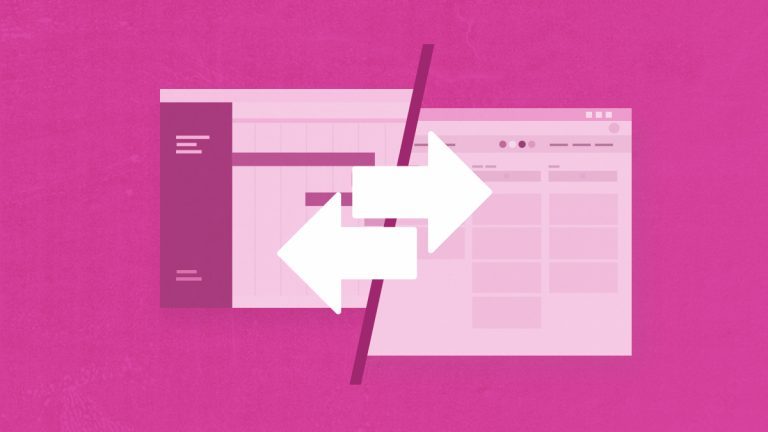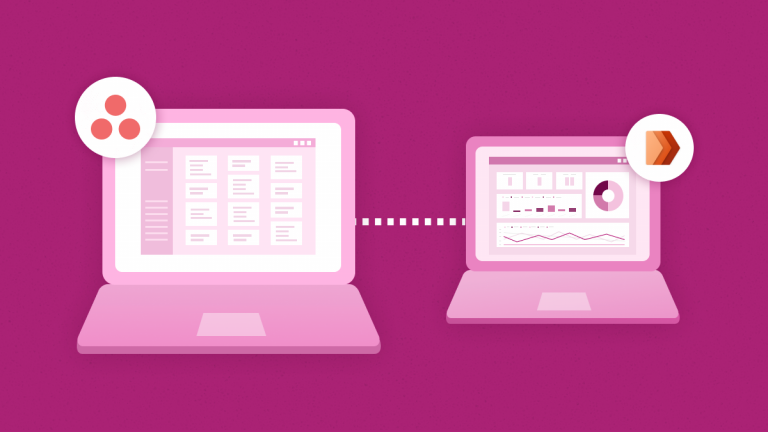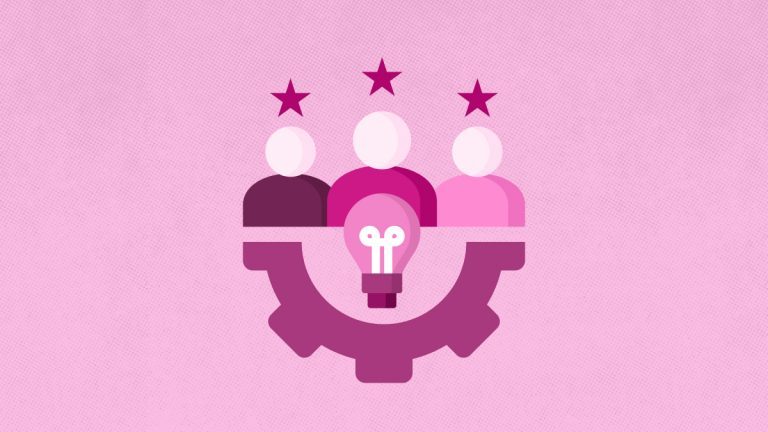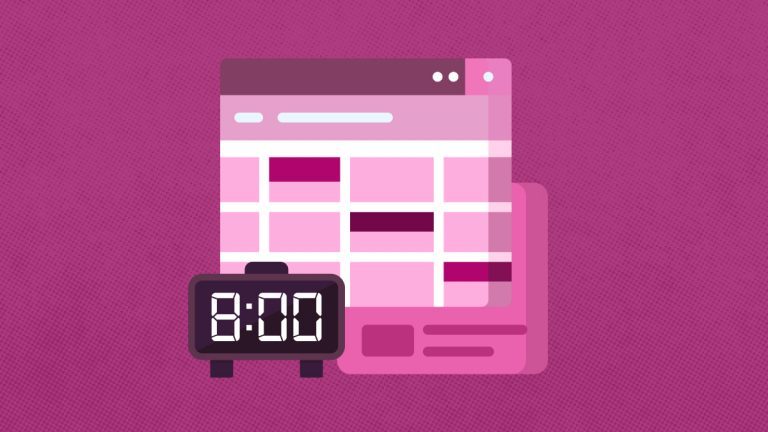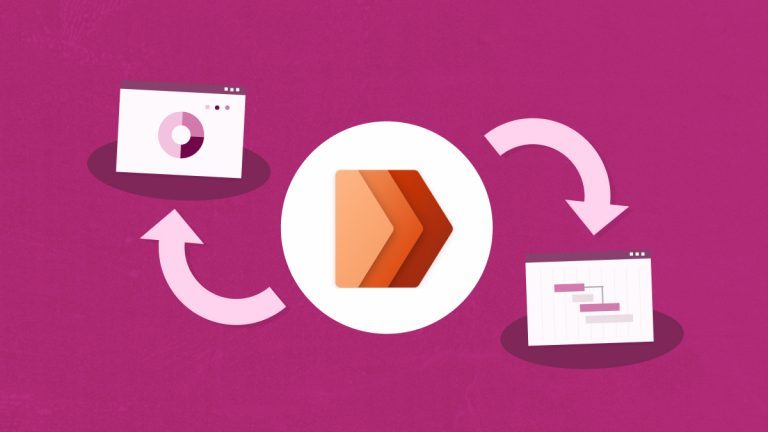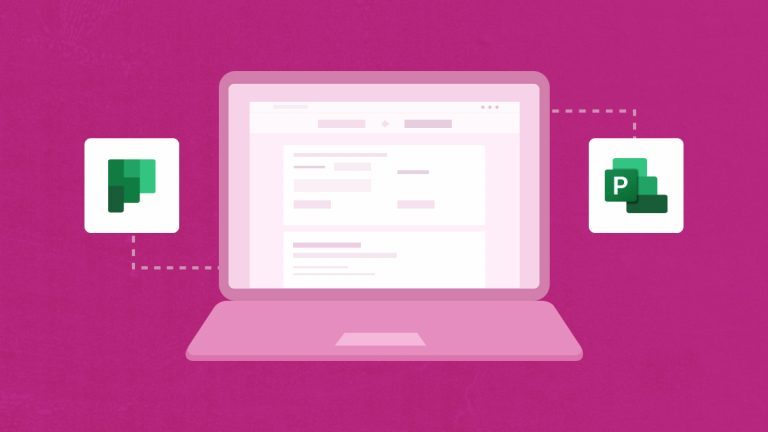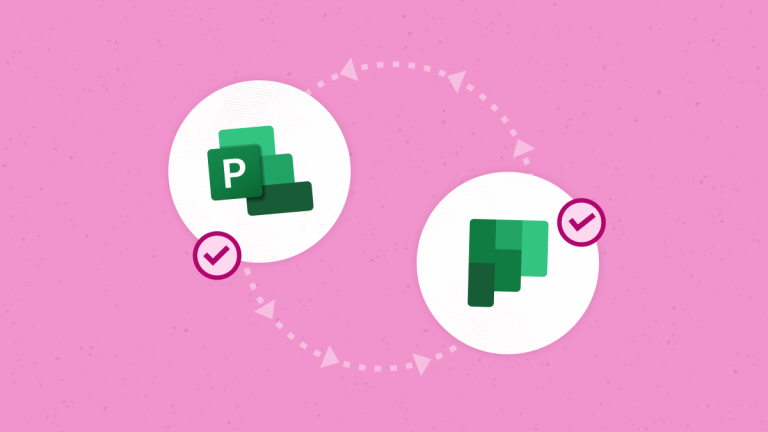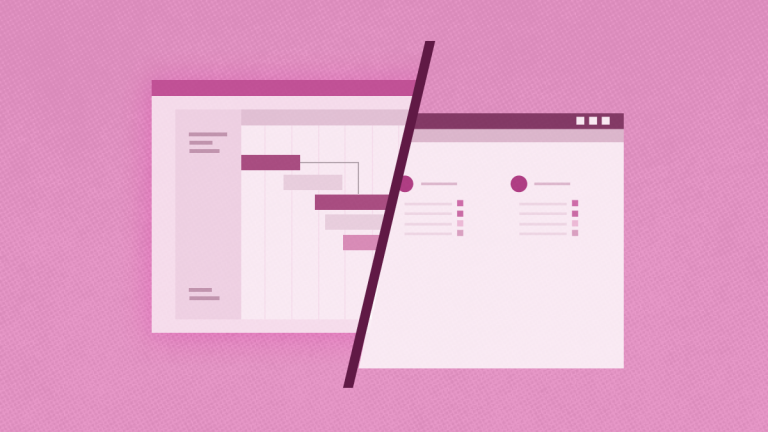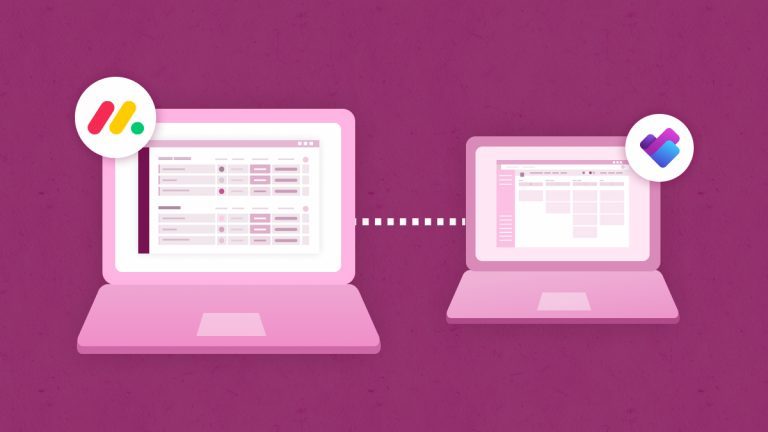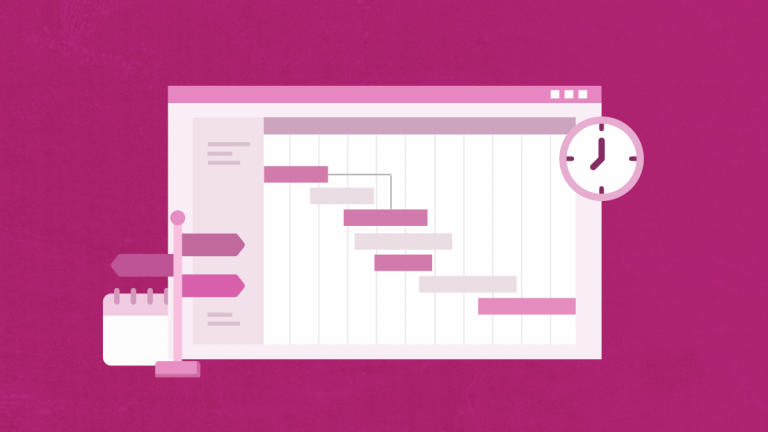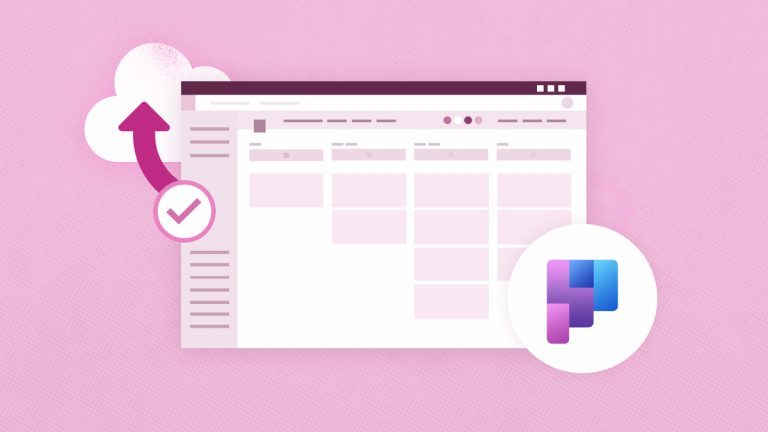
Elena Humeniuk
PPM Consultant
Thousands of firms around the world utilize the Trello as the project management tool. This Trello review will go through the platform’s key features and benefits.
What is Trello?
Fog Creek Software launched Trello in 2011 as a web-based project management application. In 2014, it formed its own company, which Atlassian eventually purchased.
With Trello’s robust project management features, such as its digital dashboard or Trello boards, you can create, organize, and prioritize activities. Teams can use it to provide project details and criteria. Team members can collaborate on projects by adding comments, links, files, and photos to project cards using a card system. Known as the Trello Look, many productivity apps frequently adopt this popular card look.
Trello has iOS and Android mobile apps and integrates with many other applications. Trello also connects to Slack and other communication platforms, meaning you can update or change data on any Trello board.
Trello Usage
Trello software is known for being user-friendly. The familiar Trello Kanban task management interface allows team members to view the progress of tasks. While Trello is adequate for managing smaller projects, it lacks some advanced features needed for larger projects. The following is a list of Trello’s most essential pros and cons.
Pros
Usability: Needing only your name, email address, and password, you can get started with Trello in just a few minutes. You can work on an unnamed board or create a new one on your dashboard. Trello is an excellent project management solution due to its task management capabilities and usability. It is the preferred option for small teams who want something simple. Non-technical users can easily navigate the platform because it is familiar and straightforward yet robust enough to streamline your project management process.
User interface: Trello workspace and user interface are simple and appealing. Its easy-to-use nature means beginners can easily navigate the software without formal training.
Automation: Trello’s easy-to-use features make for simple workflow automation. Setting up rule-based triggers and desired actions have never been easier, thanks to Butler, Trello’s automated assistant.
Additional capabilities: The platform has a wide range of options for enhancing its capabilities, from Butler automation to Power-Ups to integrations. For example, you can use Power-Ups to add Slack and Google Drive to your Trello workflows to develop automation that functions across all your platforms.
Collaboration: Trello for project management provides a platform for team collaboration. Commenting, document sharing, @mentions of colleagues, and alerts are just a few of the many included features.
Plans: Trello is offered in different pricing bundles, so users can choose the one that suits their needs. It is one of the most affordable project management tools today, even offering a free plan for essential use. However, the paid options deliver tremendous value for teams of all sizes. The paid options include standard, premium, and enterprise packages.
Cons
Restricted project views: Apart from Trello Kanban, some project views are restricted compared to other project management systems available for the same price.
Limited reporting capabilities: There are no reporting or analytics pre-installed when you sign up for a Trello account. No actionable information linked to projects at a higher level can be gleaned from this program.
Complex task handling: While well-suited for small tasks, Trello is not the best choice for complicated ones. If your team has complex requirements, consider Trello competitors:
- Microsoft Planner
- Asana
- Teamwork
- Smartsheet
Conclusion on Trello review
You can manage your projects with ease using Trello. With Trello boards, you can use the convenient drag-and-drop tool. Moving projects through a system has never been more accessible thanks to Trello’s user-friendly interface.
The setup process is simple and takes only a few minutes. If your projects require minimal features, then Trello is the best option for you, as it’s one of the best tools for managing small tasks. However, it’s not robust enough for complex projects as it lacks some of the advanced features of today’s more popular products.
Read about an automated solution
for migrating your project data from Trello

